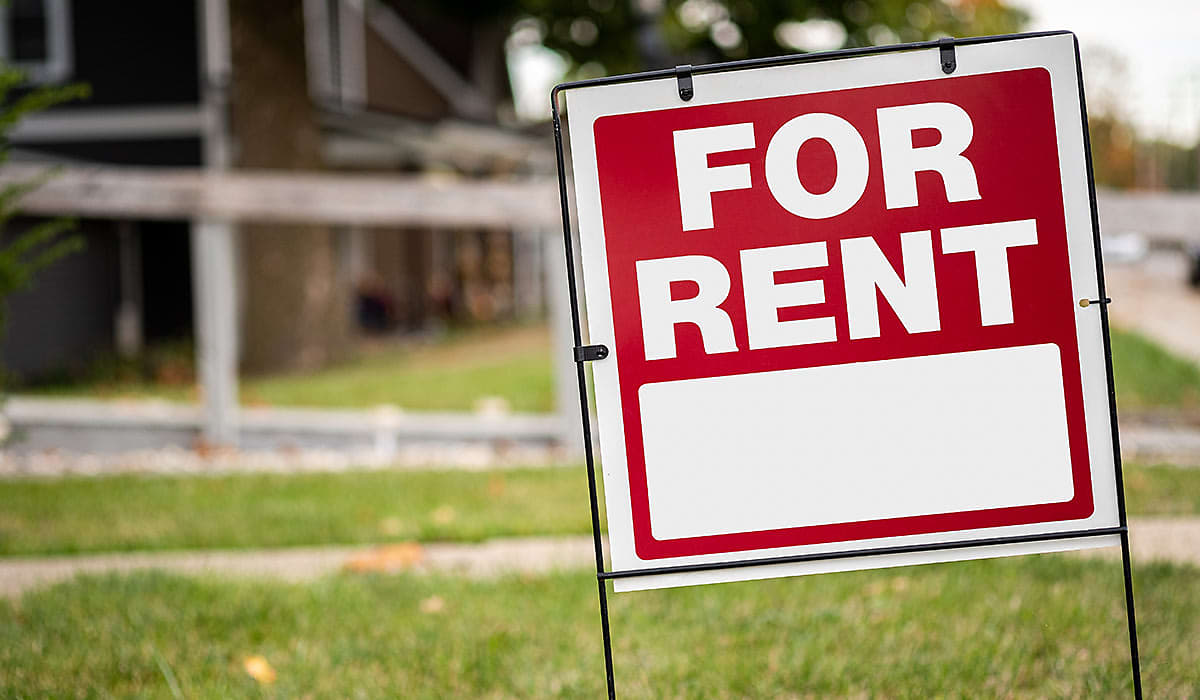Is rising rental availability here to stay?
The national rental vacancy rate is easing, but commentators warn the improvement may be short-lived.

Research from PropTrack has revealed that rental vacancies are finally increasing after a long stint of tight supply, spelling good news for Australian renters.
The national vacancy rate increased by 0.09 percentage points over the month of June, bringing the total vacancy rate to 1.42 per cent.
For renters facing a brutally competitive rental market, the vacancy increase will come as a welcome relief.
However, PropTrack senior economist Anne Flaherty warned that tight rental conditions are far from over.
“Despite the increase seen in recent months, vacancy remains well below pre-pandemic levels, with 43 per cent fewer vacant properties in June compared to March 2020,” said Flaherty.
In her opinion, the “chronic undersupply of rental properties is likely to continue over the next few years”.
“Development activity is lagging [behind] population growth, with the shortfall in new housing worst in Western Australia, Queensland, and New South Wales.”
Across the nation, vacancy easing is distributed unevenly between urban and regional markets.
The greatest easing was seen in Sydney, with rental vacancy rising 0.2 percentage points to 1.68 per cent – the highest vacancy rate the harbour city has seen in over 18 months.
Meanwhile, conditions were also improving in Melbourne, with June seeing a 0.12 percentage point increase to a total vacancy rate of 1.5 per cent.
In Brisbane, the vacancy rate increased slightly to 1.2 per cent, while Adelaide and Perth saw vacancy rates of 1.13 per cent and 1.25 per cent respectively.
The outlook may be improving for capital city renters, but conditions are still challenging in the regions, where the vacancy rate is 1.31 per cent.
Conditions were tightest in regional South Australia where the vacancy rate was just 1.22 per cent.
Flaherty explained: “While vacancy across the capital cities increased over the month, the regional vacancy rate held relatively steady. Regional vacancy is now lower than the combined capital cities.”

